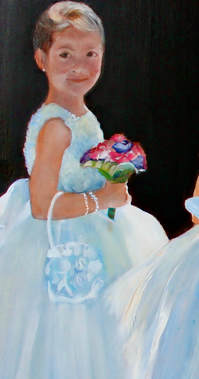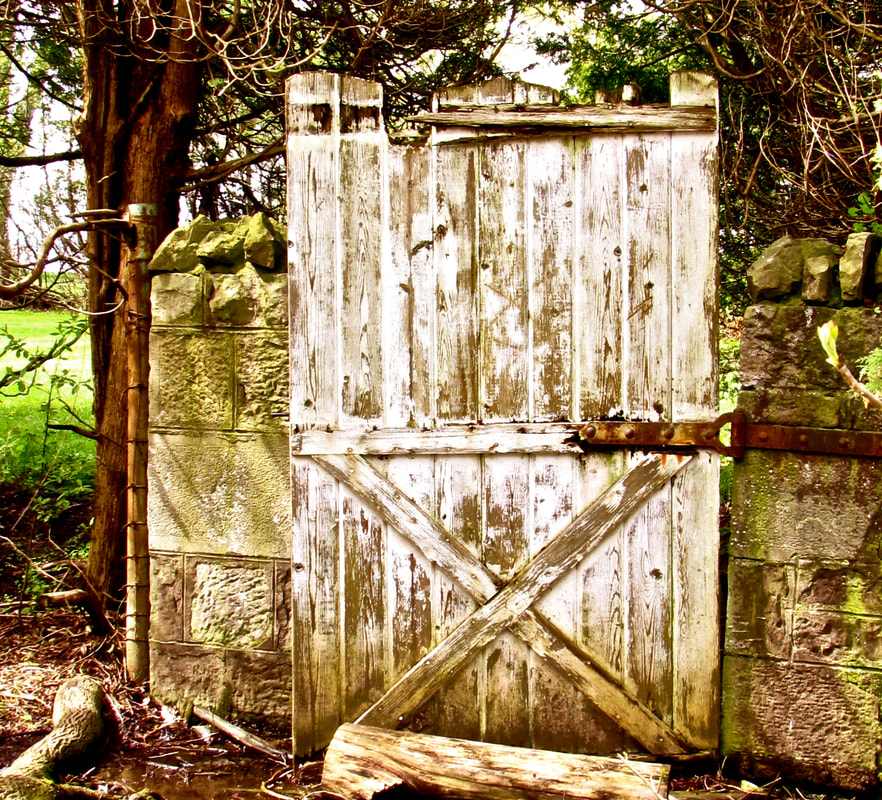Our family is celebrating a kind of anniversary this year. Keeles have been living in the GTA for 185 years.* In 1832 my great-great-grandparents, William Conway and Mary Cleaver Keele, emigrated from Southampton, bringing six children with them, only to discover that they had been misinformed about William’s eligibility to practise law in Ontario; although he was an experienced barrister, it transpired that he had to first fulfil several years of residency requirements before he could hang out his own shingle. On the rebound, so to speak, he bought a half-share of a Kingston newspaper. Unfortunately, he discovered that while he was a Tory, the other owner was a Whig, and that is why there is no Keele Street in Kingston.
I imagine those first few years in Canada were a nightmare. Mary had been raised in India, where her father had worked for the East India Company. What a shock those first Canadian winters must have been. It doesn’t surprise me she didn’t survive her thirties.
However, she did live to see some financial stability. Returning to Toronto, William again cast around for an source of income and, like many a Keele who followed, became a writer, in his case an author of magistrates’ handbooks for Upper Canada. I have one of his books. It is fat, leather-bound, and fine-printed. I had never opened it and was astonished when a friend, who is an archivist, leafed through it and commented that the writing was outstanding. I hadn’t realized that legal writers should be wordsmiths.
Apparently he was and the family settled in the Junction, where they remained. Properties were big then. The Keeles’ next-door neighbours were the Howards, who eventually donated their land to create High Park. The Keele farm was bounded by what is now Runnymede, Annette, Keele, and Bloor. In fact here was enough room to build a racetrack on the west side, where the first four Queen’s Plates were run. The existence of this track suggests to me at least one of the four sons harboured a passion for horse racing. None of them followed their father into the law, apparently preferring to farm.
After Mary’s death, William Conway remained in the Junction and was able to commute to downtown York by 1862 when the railroad was completed. He also remarried. His and Mary's two daughters - Amelia and Elizabeth Anne (for whom I am named) - remained at home for their whole lives. Elizabeth Anne donated a large embroidery of Queen Victoria to the Royal Ontario Museum; such a creation speaks of a quiet life. The four sons, one of whom was my great-grandfather, were given small inheritances and sent west. There they and their own sons encountered the bust that follows a boom, the General Strike of 1919, the Drought, and the Great Depression.
By now you are seeing a pattern: timing is not a family forte. What this means for you is that watching me is a good financial strategy. Simply put, whatever I buy, you should divest yourself of. And vice versa. You’re welcome.
There remains, however, one particular delight in living around here for this Keele. I grew up in Winnipeg trying fruitlessly to spell my name over the phone or in person.
Keele - K E E L E.
Oh, Keely!
No, Keele - K E E L E.
Got it - Kell.
No, Keele - K E E L E.
Kelle?
No, Keele - K E E L E.
Oh, sorry, Miss Kelly!
...close enough...
Around here, all I have to do is say “Keele - like the subway stop.”
One small step for a Keele. Timing isn’t everything.




 RSS Feed
RSS Feed
